Ultimate Guide to Understanding Siding Installation Costs
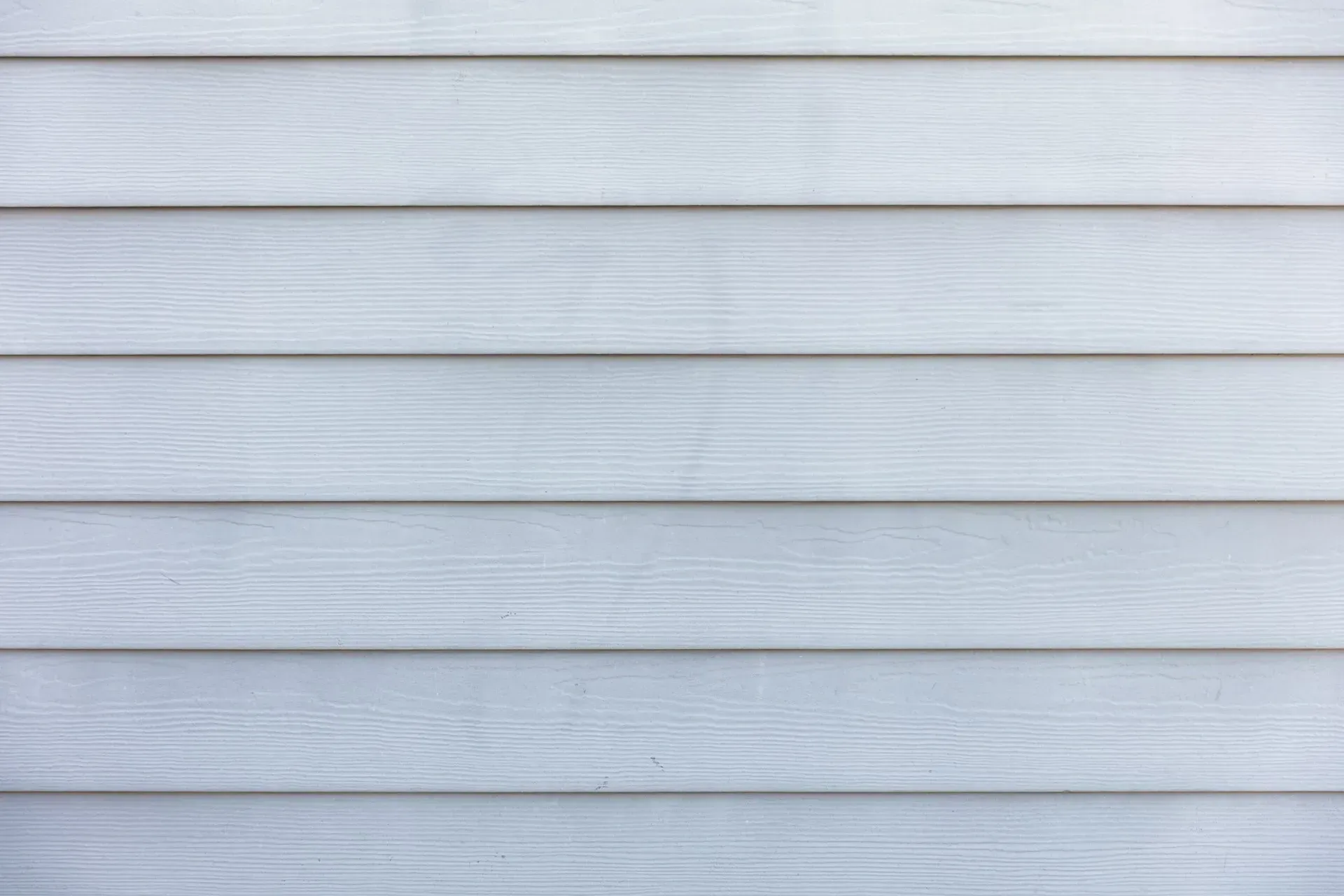
Siding installation is a significant home improvement project that can enhance a house’s appearance and functionality. Homeowners have various options, from classic wood to modern PVC, each affecting the overall siding installation cost. Understanding the factors influencing these costs is crucial for effective budgeting and decision-making. This article will explore the components of siding installation costs, discuss different materials, and provide tips to help you manage your budget while achieving a beautiful exterior.
Key Takeaways
- Siding installation costs vary based on materials, labor, and additional factors like home design and location
- Professional installation offers expertise and efficiency but comes at a higher cost than DIY options
- Proper planning, timing, and bundling projects can help homeowners reduce overall siding installation expenses
- Regular maintenance and addressing water management issues can extend the siding lifespan and prevent costly replacements
- Energy-efficient siding materials can lead to long-term savings on utility bills and improve home comfort
Breaking Down the Basics of Siding Installation Cost
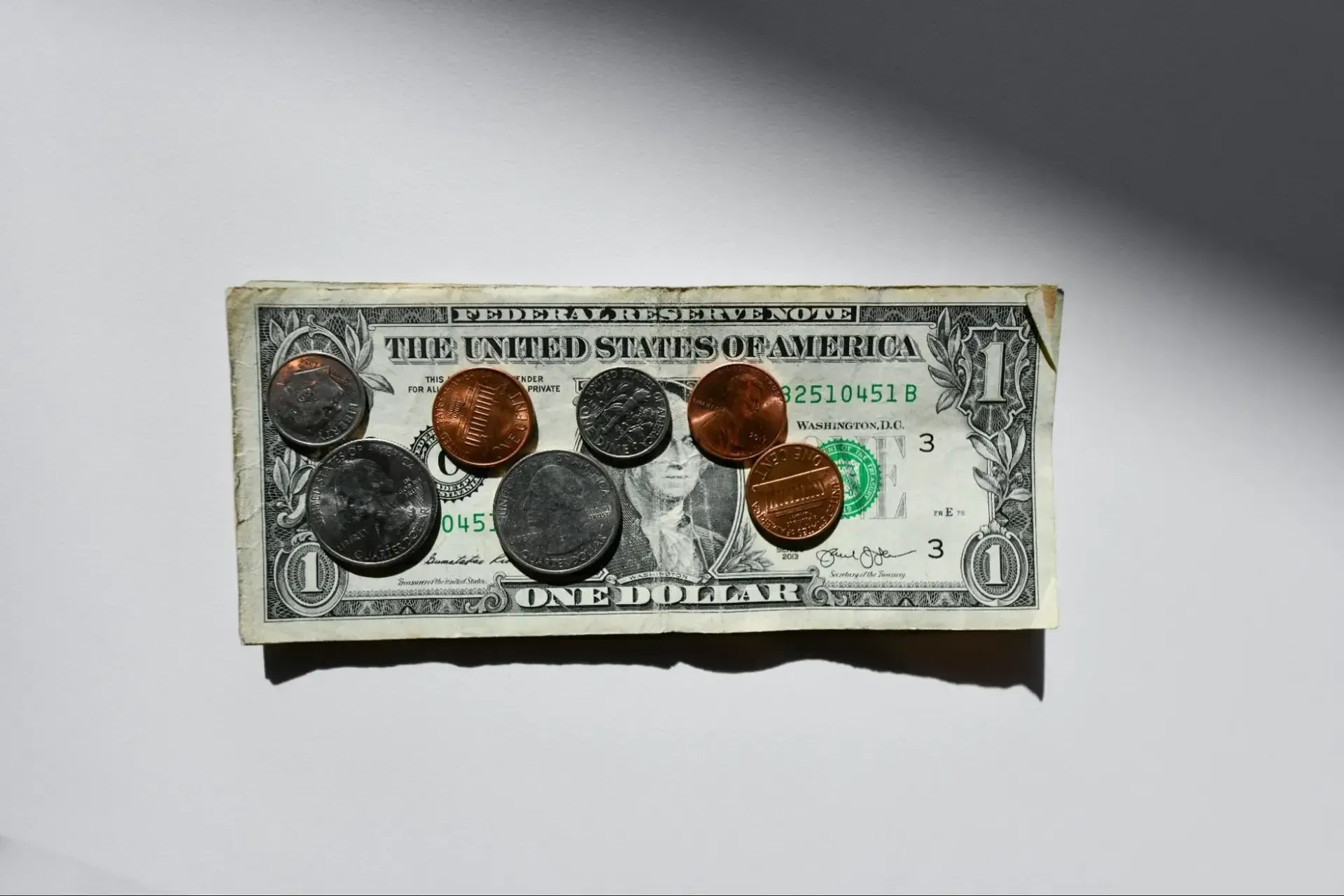
Siding installation costs can vary significantly depending on factors like cost per square foot, labor, and materials. Homeowners should research and understand these expenses and consider getting a professional inspection to identify any issues, such as moisture damage or the need for energy-efficient upgrades. Materials like cement siding may have higher upfront costs but offer durability and long-term savings. By understanding these basics, property owners can make informed decisions about their siding projects.
Understanding Cost Per Square Foot
Understanding the cost per square foot for siding installation is crucial for effective budgeting. This depends on factors such as material type, local climate, and contractor experience. Homeowners should also account for additional expenses, including replacing damaged floor joists, applying caulk to prevent moisture intrusion, or treating existing mildew issues. A comprehensive cost breakdown typically includes material costs, labor expenses, preparation work, disposal of old siding, additional materials like insulation and trim, and potential repairs to the underlying structure.
Labor Costs vs. Material Costs
Siding installation costs include both labor and materials, with labor often making up a significant portion of the total expense. Material costs vary based on the type of siding chosen, while labor costs can change depending on project complexity, local wage rates, and the need for specialized tools. Additional expenses may include window trim replacement and potential insurance requirements. Some siding projects might also qualify for tax incentives, especially if they enhance energy efficiency. Typically, labor accounts for 40-60% of the total cost, materials for 30-50%, and additional expenses like trim, insulation, and disposal fees for 10-20%.
Exploring Siding Materials and Their Costs

Siding materials significantly impact installation costs, with each option offering distinct benefits and drawbacks. Affordable vinyl is durable against severe weather, while classic pine clapboard may need extra protection against mold. Fiber cement is known for its durability at a moderate price, and materials like stucco and brick provide luxurious aesthetics with varying cost-effectiveness. Siding contractors can guide homeowners in choosing the best material by considering factors such as climate, maintenance requirements, and long-term value.
The Price Tag on Vinyl Siding
Vinyl siding is an affordable option for managing siding installation costs. Prices vary depending on the panel length, material quality and features like insulation or waterproofing. Homeowners should also factor in the cost of removing and disposing of old siding, as well as any necessary exterior repairs before installation, which can affect the overall project budget and curb appeal.
Investing in Wood Siding
Wood siding offers a timeless aesthetic but typically comes with higher installation costs compared to other materials. Homeowners should also consider ongoing maintenance expenses, such as regular painting and moisture protection, especially from sources like garden hoses. While traditional wood options like cedar, pine, and redwood are popular, engineered wood products offer a more cost-effective and durable alternative. The cost of wood siding can vary significantly based on the local market and the homeowner’s zip code. Additionally, some homeowners choose metal accents to complement wood siding, adding a modern touch to the classic look.
The Cost Effectiveness of Fiber Cement
Fiber cement siding is a cost-effective option for homeowners seeking durability and low maintenance. This environmentally friendly material resists damage from pests and insects, reducing the need for frequent pest control. While the initial installation cost may be higher than some alternatives, fiber cement’s longevity and resistance to rot make it a wise investment. Homeowners can save on long-term expenses related to carpentry repairs and maintenance, as fiber cement requires minimal upkeep compared to traditional wood siding.
Brick Siding: Durability Versus Expense
Brick siding offers exceptional durability but typically comes with a higher upfront cost than other materials. Homeowners should consider their long-term plans for the property, as brick can last for decades with minimal maintenance. While traditional brick is popular, alternatives like fiber cement or composite materials that mimic brick’s appearance can provide a similar look at a lower cost. Stone veneer is another budget-friendly option, offering a comparable aesthetic to full brick siding. Homeowners may also consider using home improvement credits to offset these costs.
The Comprehensive Costs of Siding Installation
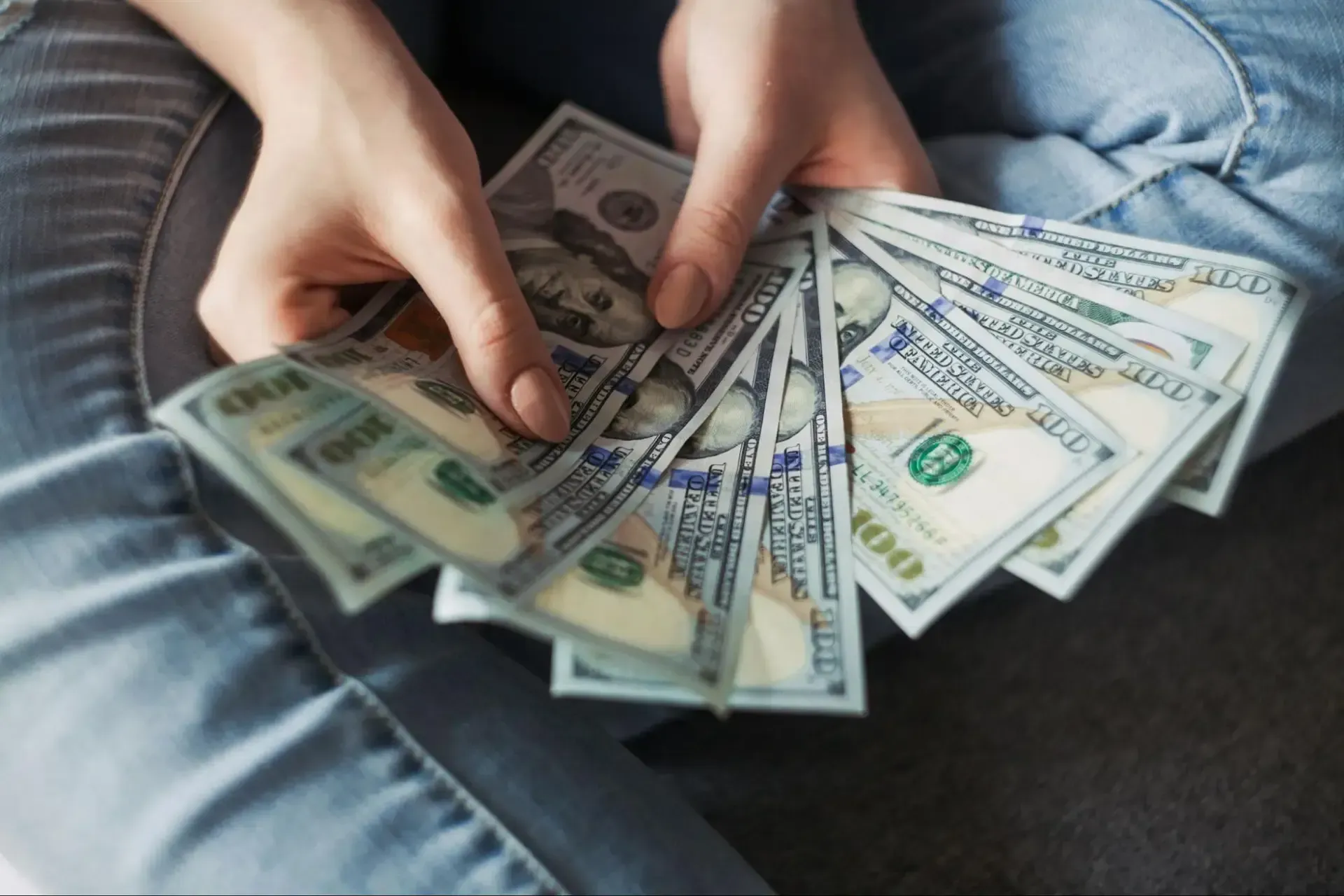
The comprehensive costs of siding installation include more than just materials and labor. Homeowners need to consider factors like the average price in their area, potential water damage repairs, and the overall impact on their home’s value. Some contractors may offer discounts for bulk material purchases, while others might recommend premium options like steel siding for enhanced durability. By understanding these various elements, property owners can make informed decisions about their siding project, balancing quality and cost-effectiveness.
Timing Your Installation for Financial Efficiency
Timing the installation of siding can greatly enhance financial efficiency. Homeowners should consider scheduling the work during off-peak seasons when contractors might offer lower rates and material costs could be reduced. Coordinating siding installation with other exterior projects, like roof replacement or landscaping, can maximize efficiency and potentially lower overall expenses. Additionally, it’s important to consider manufacturer warranties and the availability of quality materials, as certain products, such as specialized sand-textured siding, may have limited availability during certain seasons.
Key Factors That Influence the Cost to Side a House

The cost to side a house varies widely depending on several key factors. Homeowners should consider the style of siding, such as traditional lap or board and batten, which can influence the price per square foot. The home’s design, including height and architectural complexity, significantly affects installation expenses. Geographic location also impacts material and labor costs, while the removal of old siding can add to the overall budget. Additionally, installing insulated siding for improved energy efficiency may incur extra costs. Understanding these factors helps property owners make informed decisions and budget effectively for their siding project.
Selecting the Right Siding Style
Choosing the right siding style significantly affects installation costs and long-term maintenance expenses. For instance, fiber cement siding offers durability and low maintenance but may have a higher initial cost. Considerations such as minimizing waste during installation and resistance to damage from elements like garden hoses can impact the overall cost-effectiveness of various siding materials.
How Your Home’s Design Impacts Price
A home’s design plays a significant role in siding installation costs, with complex architectural features and multiple stories increasing labor and material expenses. Unique elements like dormers, gables, or intricate trim work require more time and expertise to install, potentially raising the overall cost properly. Additionally, homes with many windows, doors, or other openings may need extra attention to detail around these areas, impacting both the installation process and the property’s curb appeal.
The Role of Geographic Location
Geographic location significantly affects siding installation costs. Areas with extreme weather, such as frequent hail storms or intense heat, may require more durable and costly siding materials. Climate factors can also impact how often siding needs replacement, potentially increasing long-term expenses. For instance, coastal areas may need salt-resistant and moisture-protective materials, while cold climates might require insulated siding and freeze-thaw-resistant options. Homeowners should consult local experts and resources to understand region-specific considerations that could impact their project costs, including potential higher costs in urban areas due to local regulations and labor rates.
Removing Old Siding and Its Costs
Removing old siding significantly adds to the overall cost of a siding installation project. The process involves carefully removing existing materials, which can vary in complexity based on the home’s size, shape, and the condition of the underlying structure. Labor costs depend on local wage rates and the time needed for this task. Additionally, disposal fees for old siding materials can vary depending on the type and brand. The total square footage of the house also plays a crucial role in determining removal costs, which include assessing the existing siding condition, removing materials, inspecting the underlying structure, disposing of debris, and preparing the surface for new siding installation.
Extra Costs: Understanding the Full Picture
To fully understand siding installation costs, homeowners need to consider additional expenses beyond basic materials and labor. A general contractor may suggest adding elements like a vapor barrier to prevent moisture infiltration, which can significantly increase the overall cost. Other potential expenses include trim work, fascia replacement, and necessary repairs to the underlying structure. These additions contribute to a more comprehensive and durable siding solution, ensuring long-term protection and value.
Tips for Reducing Your Siding Installation Costs

Homeowners can reduce siding installation costs by planning carefully and exploring cost-effective options. While siding is primarily an aesthetic upgrade, proper insulation during the installation process can still enhance overall energy performance by ensuring that other aspects of the home’s exterior are properly sealed. Bundling the siding project with other exterior renovations may help negotiate better rates with contractors. Proper maintenance of existing siding extends its lifespan, delaying the need for costly replacements. Implementing proper water management, such as installing drainage systems and addressing existing water issues, can prevent future damage and prolong the life of the new siding. These strategies can make siding projects more affordable and efficient.
Choosing Cost-Effective Siding Materials
Selecting the right siding materials can significantly impact the overall cost of your project. Consider cost-effective options like vinyl, which offers durability and low maintenance at an affordable price. Fiber cement is another great choice, providing a good balance between cost, durability, and aesthetic appeal. While these materials may have a higher initial cost than less durable options, their longevity and low maintenance requirements can lead to savings over time. Additionally, choosing energy-efficient materials can reduce utility bills and offer long-term financial benefits.
Exploring Financing and Incentive Options
Exploring financing options and available incentives can help manage the overall cost of your siding installation project. Many contractors offer financing plans that allow you to spread the cost over time, making the investment more manageable. Additionally, look for local, state, or federal incentives for energy-efficient upgrades, which can offset some of the costs if you choose energy-efficient siding materials. These incentives can include tax credits, rebates, or low-interest loans, providing financial relief and making it easier to afford high-quality, energy-saving siding options.
Conclusion
Understanding siding installation costs helps homeowners make informed decisions about exterior renovations. This guide covers factors that influence costs, including material choice, labor expenses, geographic location, and home design complexities. By understanding these elements, homeowners can budget effectively and find opportunities to reduce expenses through strategic planning. A comprehensive understanding of siding installation costs allows property owners to balance quality, durability, and affordability, leading to a successful exterior upgrade that enhances both curb appeal and home value.


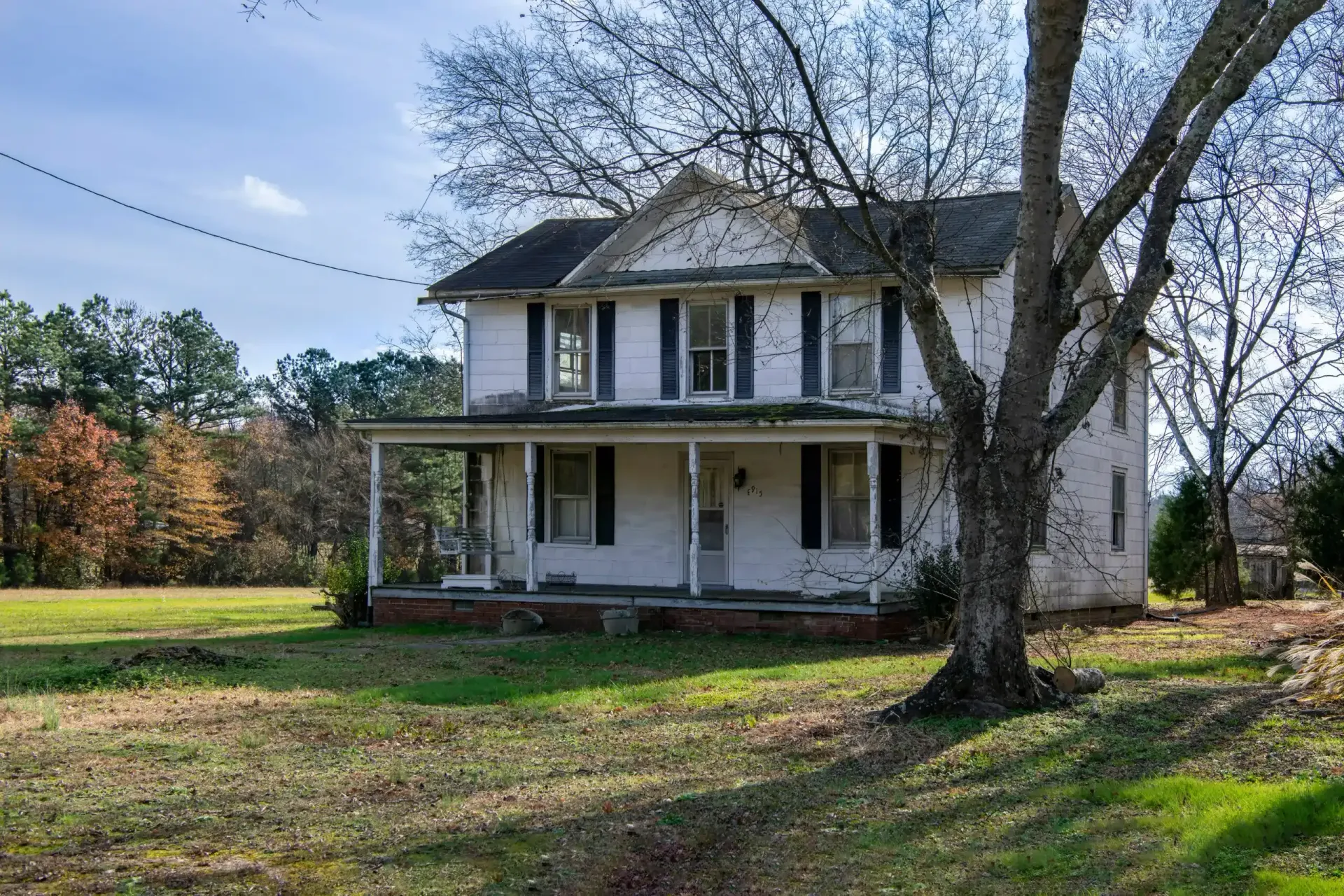
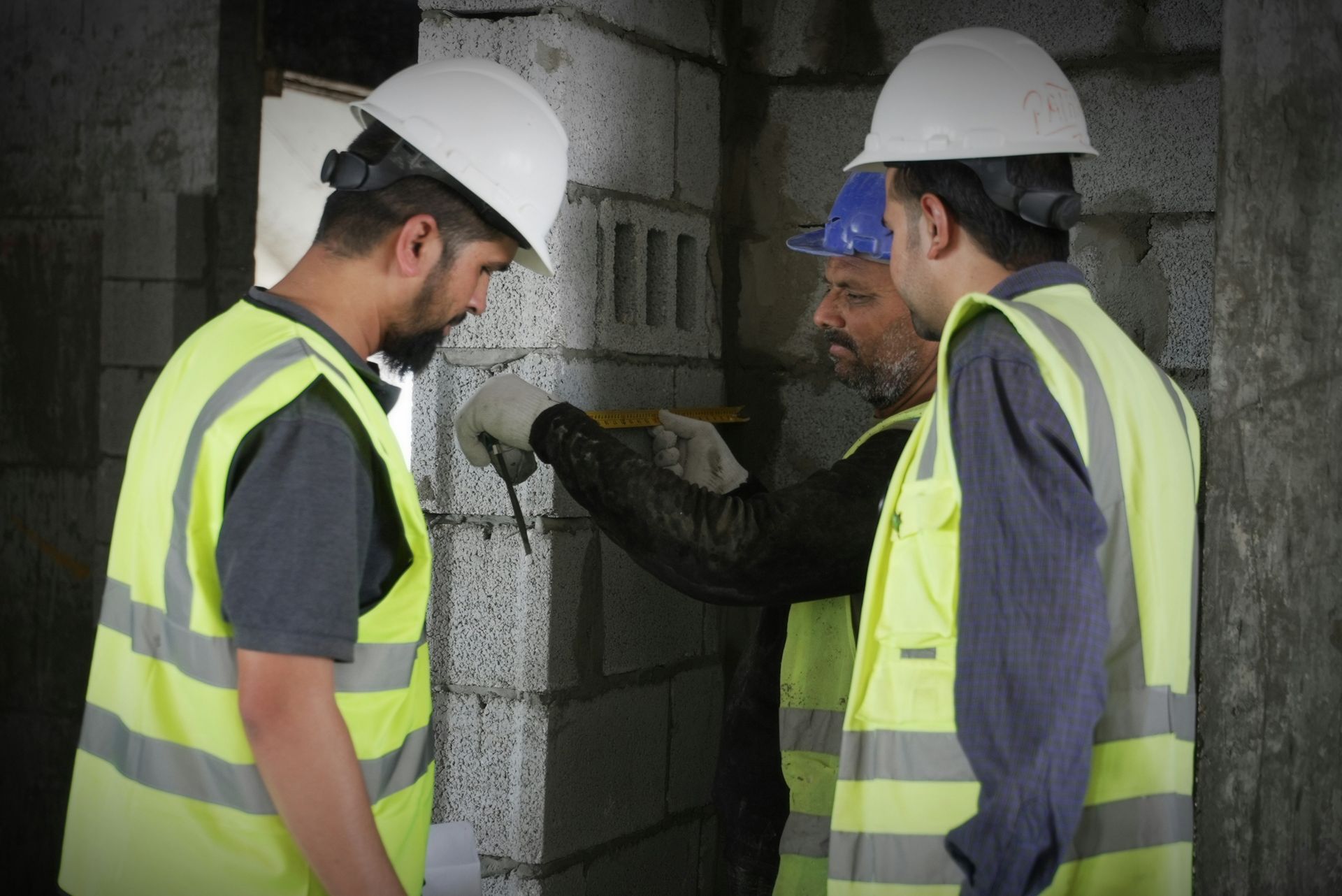
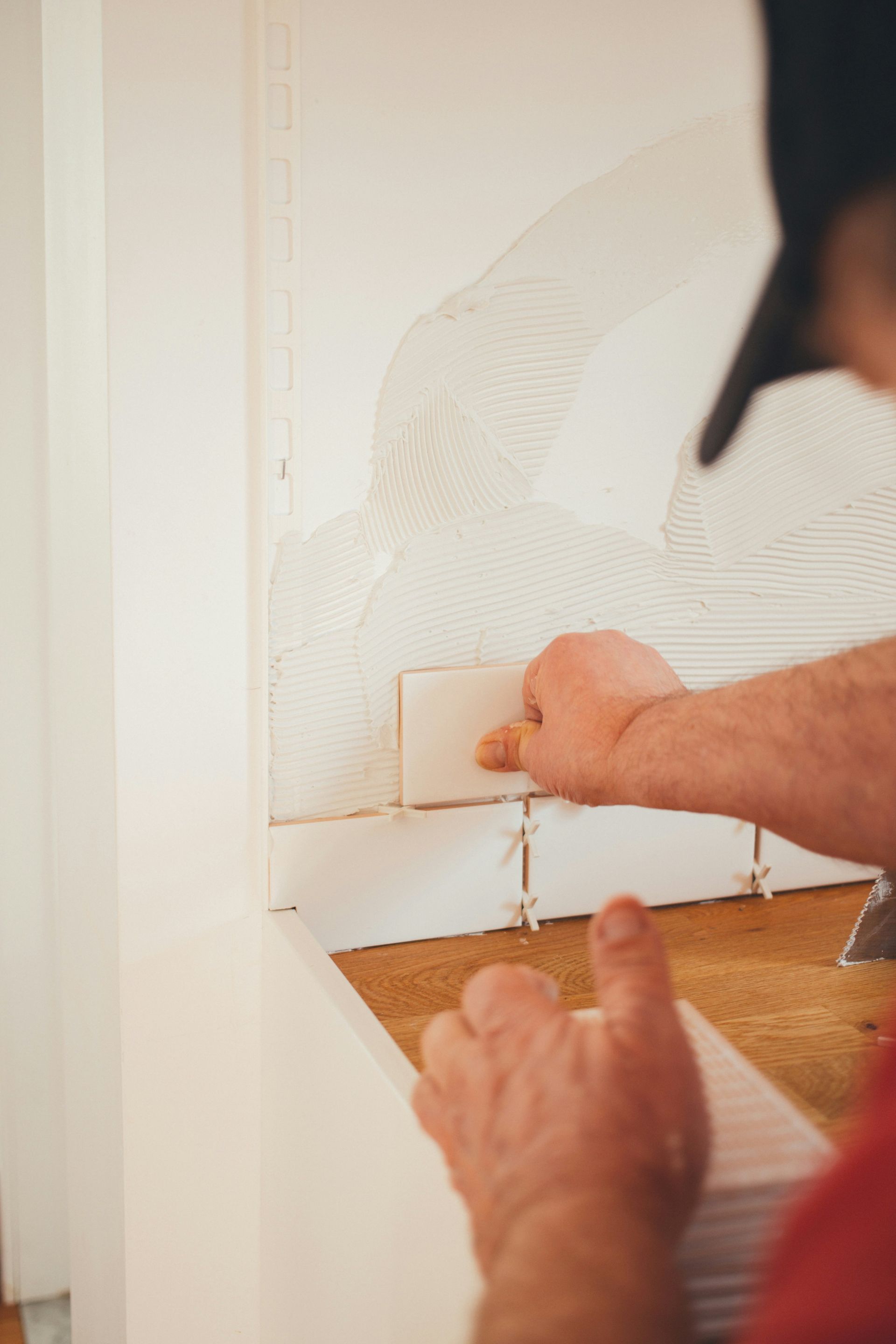

Share On: